

Andrew Maclean
2025 Mahindra XUV 3X0 vs Chery Tiggo 4: Spec battle
1 Month Ago

Contributor
As Korea’s largest carmaker, and a major player in the global industry, the automotive world cannot help but sit up and take notice whenever Hyundai announces a major new development.
The Ioniq 5 is significant as a design showpiece, but also a launch vehicle for the company’s E-GMP dedicated EV platform, and a sign of things to come as the company seeks to dramatically escalate its EV rollout over the decade.
The Ioniq 5 is Hyundai’s first car designed from the ground up to be an electric vehicle only, a crossover that in photos can come across as a large hatch, acting as a flagship for the wider Hyundai group and a tech showcase.
MORE: Hyundai Ioniq 5 two-model range to stay, supply to improve for 2022
In keeping with its positioning as one of the brand’s most significant models that heralds a new era of electrification, the Ioniq 5 uses a ‘Parametric Pixel’ design philosophy.
A pixel is a square or rectangle that acts as the smallest element of a digital image or unit of illumination on a digital screen. The Ioniq 5 takes full advantage of this definition to cleverly reference the past whilst also looking towards the future.
This is best exemplified by the headlights and tail light design.
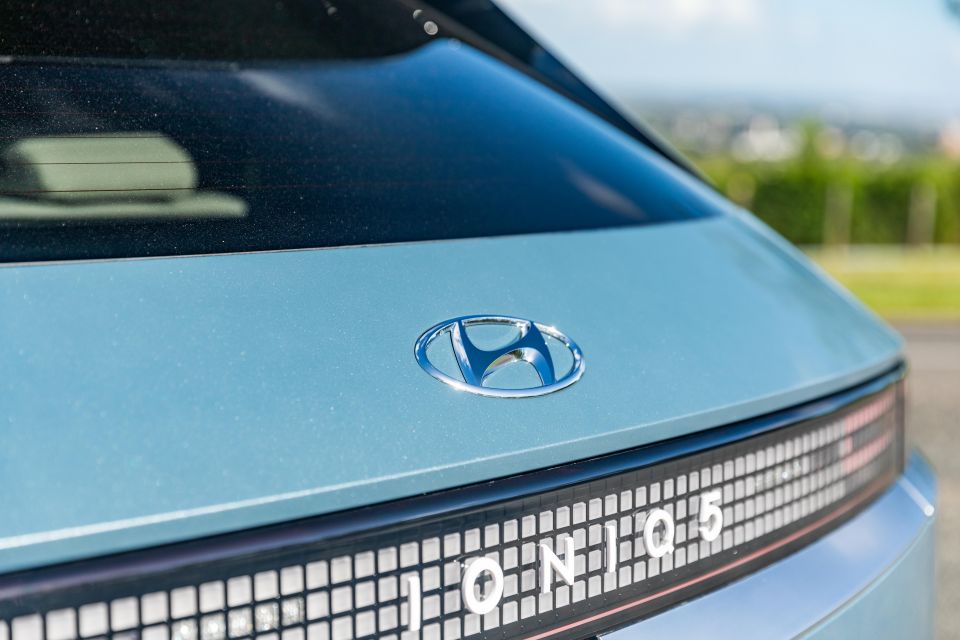
The most attention-grabbing feature of the Ioniq 5’s tail is a full-width, horizontal band comprised of smaller squares, with some of these illuminating almost as individual LEDs to create the tail-light and indicator graphic.
Hyundai claims that this look ‘signifies Hyundai’s intent to fundamentally reinvent electric mobility with an EV-specific design that will carry over to future Ioniq models’, and the use of these square LEDs is perhaps a direct pop-culture reference to our digital history, evoking an earlier age of computing where pixel art in video games such as Pac-Man were the norm.
These pixel graphics are further accentuated by the horizontal strips on the lower rear bumper that provide additional illumination, whilst also lending an additional futuristic, sci-fi flavour to the overall design.
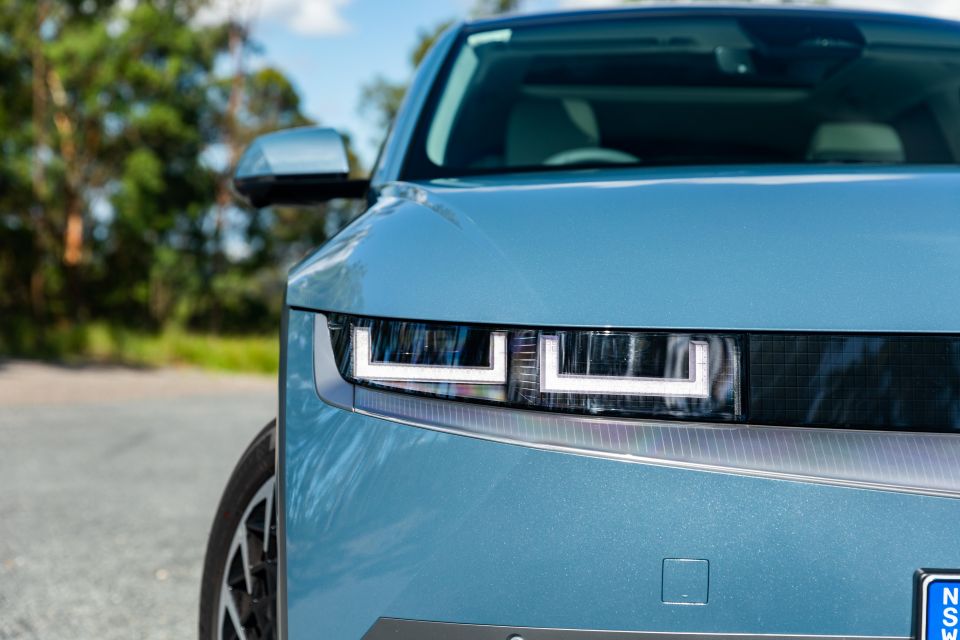
The pixel graphics are mimicked at the front of the car with headlights that make use of a bold, square graphic which not only repeats the pixel art motif from the tail, but also arguably bears more than a passing resemblance to the DeLorean DMC-12 from the Back to the Future movie franchise.
A number of supporting elements throughout the exterior styling further complement the Parametric Pixel design theme. Foremost are the strong trapezoidal and other rigid, geometric shapes and creases used on the side profile.
This includes a horizontal character line that flows above the door handles, and through the doors and C-pillar to link-up with the tail lights. Lower down, the door sills continue with the parallel horizontal side strakes found on the rear bumper.
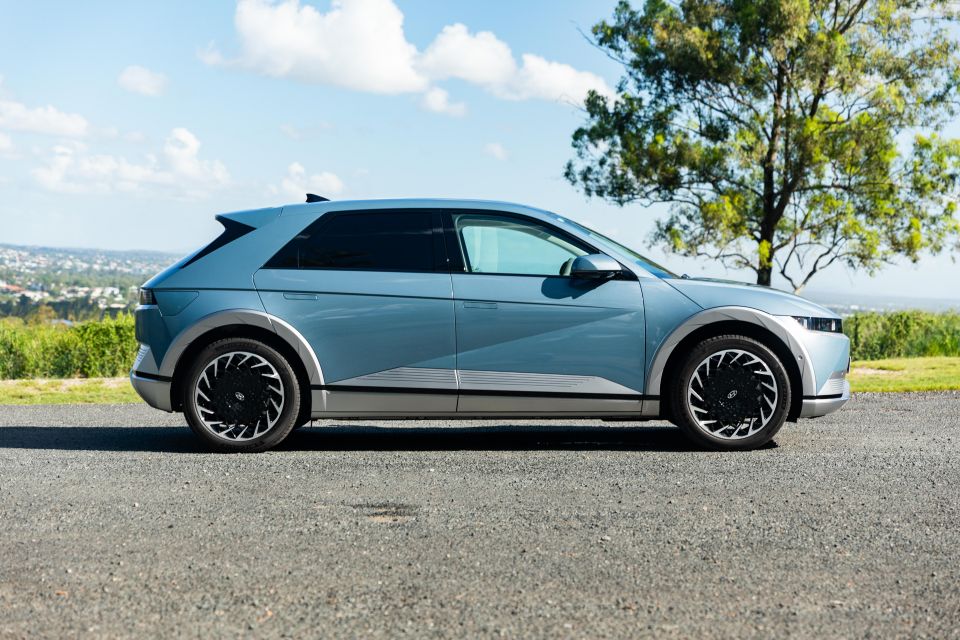
The character line and these side strakes are joined by a diagonal crease to create a clean, but futuristic ‘Z’ graphic that is further evocative of sci-fi themes.
The throwback references to ’70s and ’80s pixel art and science fiction are perhaps also a subtle nod to Hyundai’s own heritage as a carmaker, with the brand claiming the Ioniq 5 features a side profile that evokes ‘the daring attitude of Hyundai Pony, the brand’s first production car.’
The futuristic look created by the sharp corners and diagonal crease of the side profile is additionally accentuated by the application of triangular shapes that are mirrored on both the front and rear of the car.
In both cases, the bevelled triangular edge neatly frames the horizontal light cluster and adds a further sense of width and muscularity to the car’s exterior design.
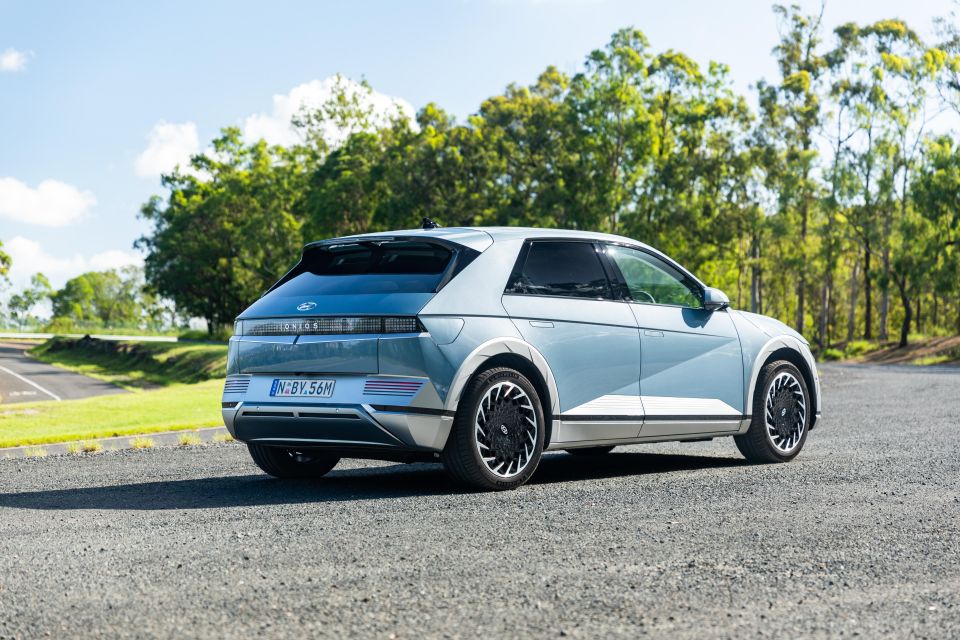
The Ioniq 5’s stance and proportions are one of the most surprising aspects of the overall exterior design.
Without any contextual references and judging from photos only, it would be easy to mistake the Ioniq 5 as a small hatch, competing against models such as the VW Golf, Toyota Corolla, Mazda 3 and Hyundai’s own i30 stablemate.
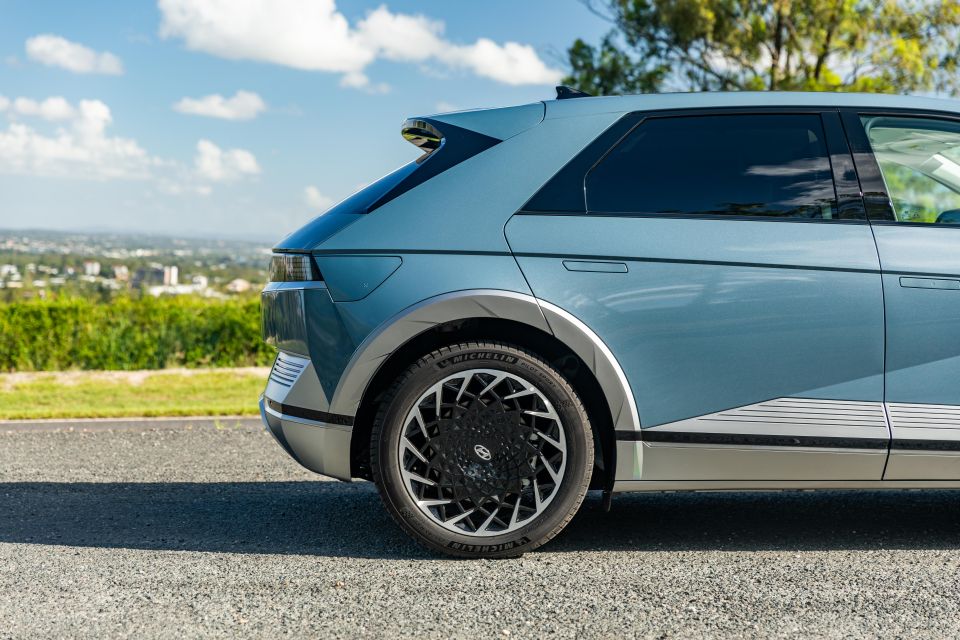
In reality the Ioniq 5’s length is a longer 4635mm. Indeed, Hyundai claims that the Ioniq 5’s wheel-at-each-corner stance and E-GMP platform has provided it with a super-long 3000mm wheelbase to create “D segment spaciousness in a CUV body” (i.e. the spaciousness of a midsize sedan such as the Hyundai Sonata).
The key that allows Hyundai to optically conceal the true size of the Ioniq 5 is its use of a classic three-pillar glasshouse, with a strong, slanted C-pillar. This is a fundamental hatchback shape shared by the small hatches described above, which Hyundai has simply scaled up to a larger SUV size.
In contrast, a conventional SUV shape makes use of a D pillar, to create a four pillar glasshouse with much larger and distinct rear quarter-lights.
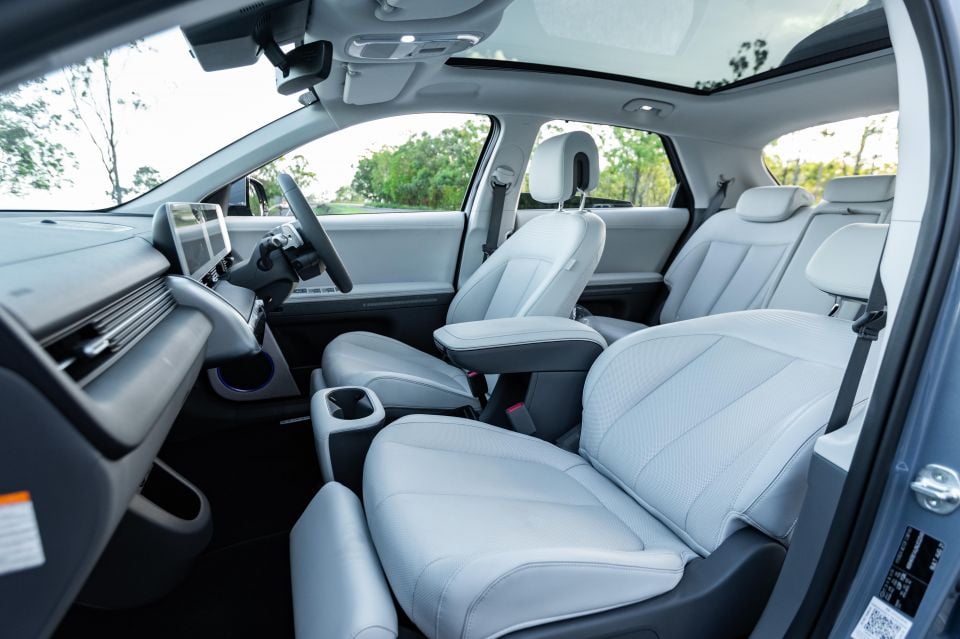
Notwithstanding the imminent, hotted-up Ioniq 5 N, the Ioniq 5 in its current form offers quick acceleration, but does not otherwise make any pretences about being an especially sporty car to drive.
The interior reflects this perspective, with Hyundai calling it a ‘Smart Living Space’ that majors on having an open, airy feeling with a focus on comfort and spaciousness, and without any notion of it being driver oriented at the expense of other passengers.
The dashboard is perhaps the first component of the interior that delivers on this design intention. It makes use of a horizontal architecture, as highlighted by the landscape-oriented dual 12.3-inch infotainment display and digital instrument cluster within a single housing, that acts to visually enhance the feeling of width in the interior.
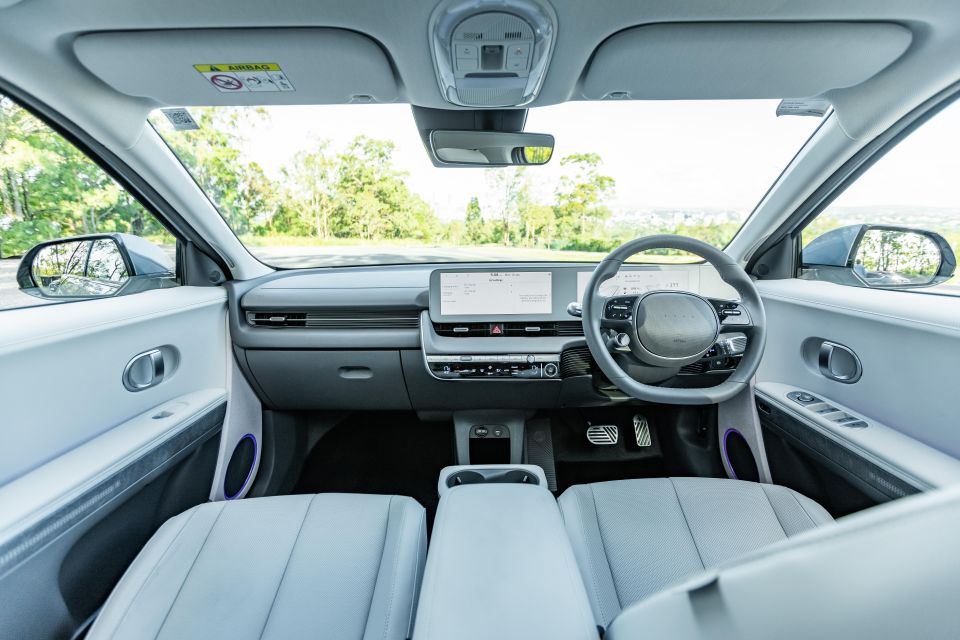
In accordance with the ‘Smart Living Space’ brief, there is a space at the right of the instrument cluster for the driver to attach sticky notes or other materials, so they can remember key dates or other important information.
Wellbeing is an essential part of comfort, and Hyundai has also gone to the effort of designing unique seats for the Ioniq 5. The brand claims that the front seats can be reclined to the ‘optimum angle’ to create a weightless feeling for increased relaxation, in situations such as waiting for the car to charge.
The rear seats are also able to slide forwards and back, up to 135mm, to better accommodate passengers.
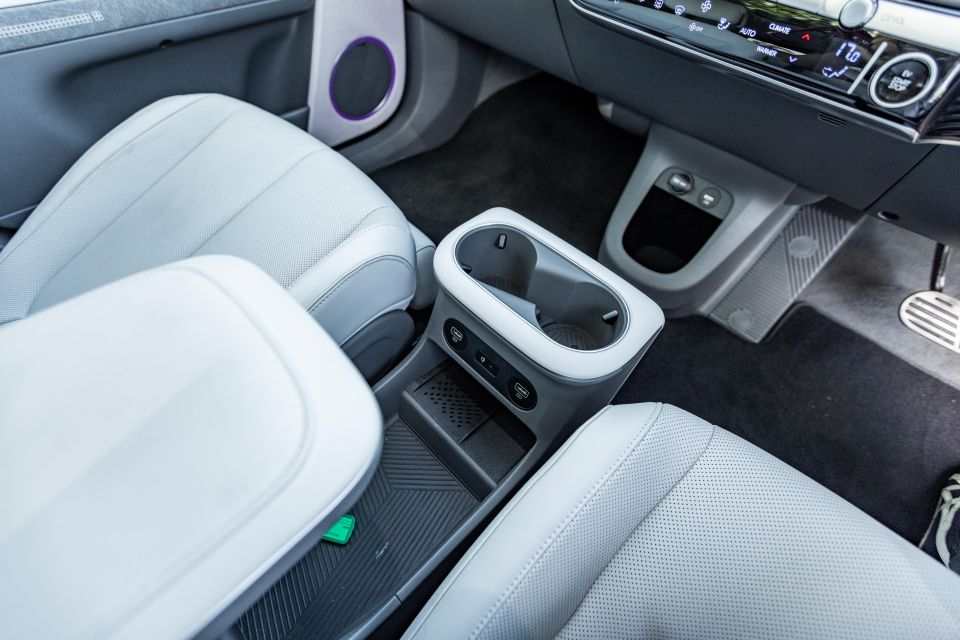
A dedicated EV platform brings the possibility of a completely flat floor, without the need for a transmission tunnel and other drivetrain components running through the middle of the car, and Hyundai has used this fact to its benefit with an innovation it calls the Universal Island.
This is effectively a sliding centre console that can move fore and aft by 140mm. When moved to the rear, it allows front passengers to easily slide across towards the opposite door (which might come in handy in a tight parking spot), whilst giving rear passengers better access to amenities such as cupholders, wireless charging and USB ports.
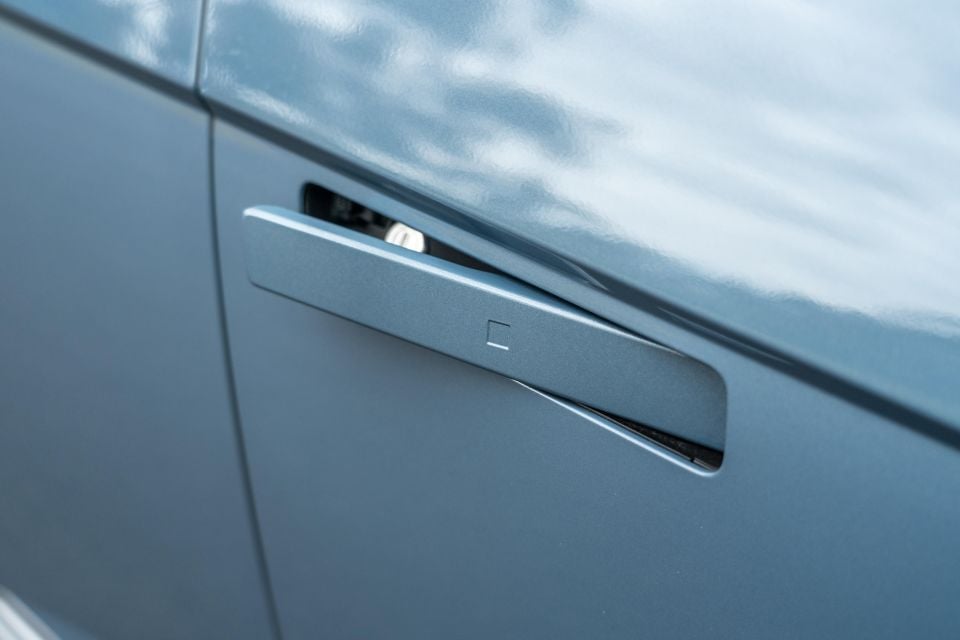
On the outside, the Ioniq 5 continues a current EV industry trend of having flush door handles for a cleaner look that, combined with the clamshell bonnet (a first for the Hyundai brand), also optimises aerodynamics and reduces drag, helping to increase range.
On the inside another, perhaps more minor, innovation is the design of the glovebox. Rather than flipping open downwards like most other cars, Hyundai has designed a large, slide out glovebox that opens outwards much like a chest of drawers, for better practicality.
As with other vehicles on the E-GMP platform, the Ioniq 5 also features vehicle to load (V2L) capability, allowing owners to power devices and appliances such as laptops, coffee machines and toasters through the car’s battery.
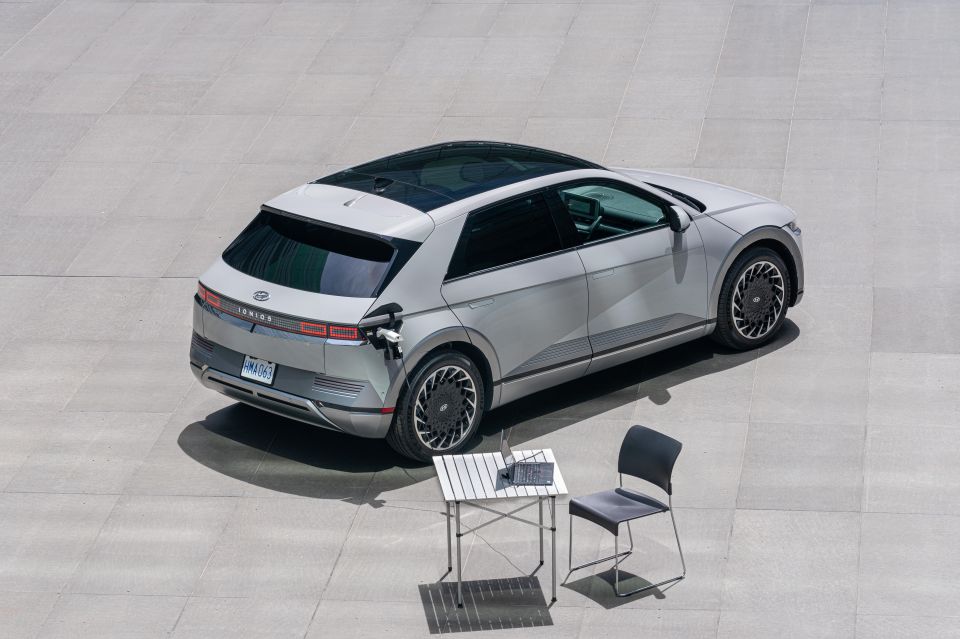
For more information on V2L, please see the article linked.
Dig these weekend design pieces? More can be found here:
MORE: Design Exposé: Renault Mégane E-Tech Electric MORE: Design Exposé – Kia Sportage MORE: Design Exposé – Volkswagen Golf R MORE: Design Exposé – Porsche Carrera GT MORE: Design Exposé – Hyundai i20 N MORE: Design Exposé – BMW M4 (G82) MORE: Design Expośe – Mercedes-AMG GLE63 S
Where expert car reviews meet expert car buying – CarExpert gives you trusted advice, personalised service and real savings on your next new car.


Andrew Maclean
1 Month Ago


Josh Nevett
29 Days Ago


Matt Campbell
23 Days Ago
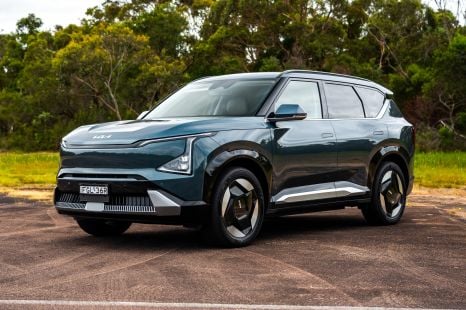

James Wong
16 Days Ago
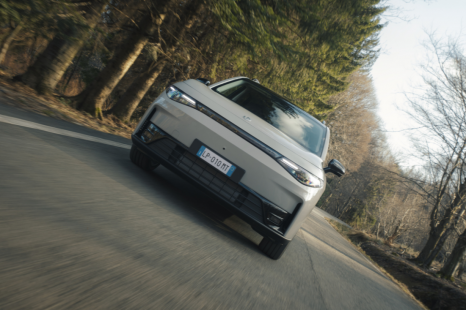

William Stopford
15 Days Ago


CarExpert.com.au
9 Days Ago